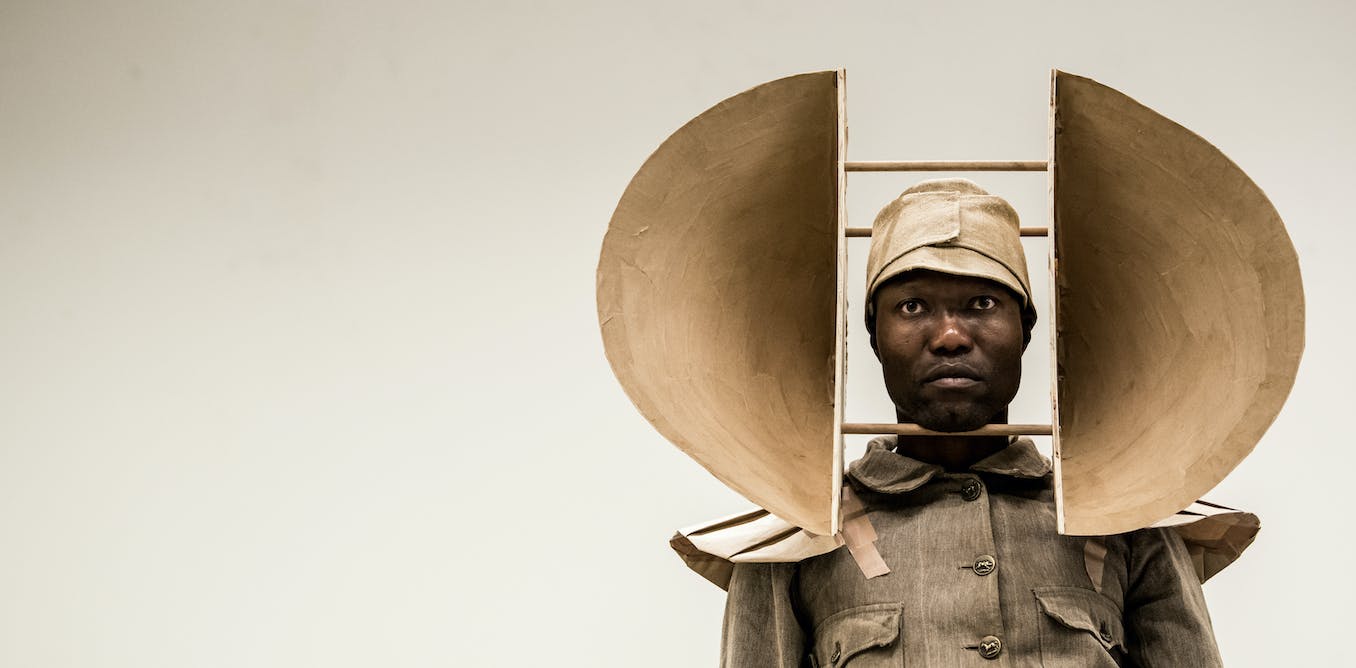AP:
THE UNSPOKEN deal between sports fans and their favourite teams and players has been, in theory: Sure, there are billions of dollars being thrown around, but at the core, sports are supposed to be fun and games, a never-ending menu of two- or three-hour escapes into a land of winners and losers where nobody really gets hurt.
For all but the most starry-eyed fanatics, that world view unravelled in 2022 – much as it did the year before, the year before that, and the year before that, and so on. A more accurate assessment might be that sports are not so much an escape from the world’s problems as simply another window into them.
Hardly a day passed in 2022 when a headline running across the ticker on ESPN would’ve been every bit as fitting on CNN or Fox Business or, in some cases, on NBC’s Dateline. The intersection between sports and real life ranged from toxic workplace environments, alleged sexual misconduct, sportswashing, cryptocurrency, transgender sports to the COVID-19 pandemic – plus a sprinkling of doping, geopolitics, hypocrisy and corruption.
The AP Sports Story of the Year was about a basketball player, Brittney Griner, whose plan to travel to Russia to play in the off season ended up as a high-stakes diplomatic battle between the United States and Russia.
Griner was sentenced to nine years in prison for possessing a small amount of hashish oil, which is illegal in Russia. Months of tense negotiations ensued. Ultimately, Griner was released, and the sign-off for both countries’ negotiating teams came from none other than presidents Joe Biden and Vladimir Putin.
Putin, who, as much as any world leader, has tried to use sports to project his country’s strength, began the year front and centre with Chinese Premier Xi Jinping, as the autocrats used the start of the Beijing Olympics to highlight their partnership on the world stage.
Shortly after those Games, Russia invaded Ukraine, leaving the global sports community to wrestle with whether Russian athletes should be able to compete in international events, sometimes head-to-head against athletes from the country under siege.
“I think it’s fairly simple,” said Sebastian Coe, the head of World Athletics, when asked in November what it would take to see a Russian in a track meet anytime soon. “Get out of Ukraine.”
As the year closed and the war remained far from a conclusion, Coe was hardly in the majority among world sports leaders.
Many of those leaders, meanwhile, had brought their athletes home safely from China, where the government shuffled all 2,800 competitors and thousands more officials and media in and out of the country for the Beijing Games without suffering a major COVID-19 outbreak.
COVID RESTRICTIONS
It happened thanks to the country’s draconian, opaque testing procedures and cordoned-off Olympic venues, all of which served to tamp down any notion of dissent or free speech in a land that doesn’t view any of that kindly. The COVID restrictions helped China ultimately prove that it could pull off a major worldwide event in the midst of the pandemic – even if the festivities fell short of the global outpouring of peace and love that the Olympics so desperately wants to be.
“It’s kinda like sports prison,” Canadian snowboarder Mark McMorris said.
China was hardly the only country hoping to use sports for air of legitimacy – or to whitewash its own perceived sins.
The creation of the breakaway LIV Golf tour took up virtually all the oxygen in that sport, as much for disrupting the status quo as for being bankrolled by a wealth fund backed by Saudi Arabian leaders who detractors said had blood on their hands. For a time, the killing of journalist Jamal Khashoggi and the Saudi citizenship of the 9/11 terrorist attackers drowned out birdies, bogeys and Tiger Woods’ health as the biggest talking points in golf.
Later in the year, misgivings about holding soccer’s World Cup in Qatar were placed under a similar microscope. The country’s poor treatment of migrant workers and members of the LGBTQ community, to say nothing of the alleged corruption involved in awarding the tournament to a kingdom with no football roots, overshadowed the run-up to a tournament that nevertheless concluded with Argentina winning one of the most thrilling football matches ever.
While the World Cup was unfolding, the cryptocurrency world was melting down. The bankruptcy of multibillion-dollar crypto exchange firm FTX and the arrest of its owner, Sam Bankman-Fried, had sports connections everywhere. Tom Brady and Steph Curry were pitchmen for the company, and FTX’s name quickly came off the arena where the Miami Heat played.
CRYPTO AND SPORTS
Despite that, 2022 was the year that crypto officially became entrenched in sports, for better or worse, via sponsorships of leagues, endorsement deals by athletes and, of course, crypto-backed non-fungible tokens (NFTs) that are becoming a new status symbol of sports stars, who have, for decades, had a knack for inducing fans to buy what they buy and wear what they wear.
“It would make sense for these (crypto) companies to work with a sports team or a sports celebrity because there’s an emotional attachment that goes along with that partnership,” said Brandon Brown, who teaches sports and business at New York University’s Tisch Institute for Global Sport.
In basketball, Griner’s was hardly the only story that strayed far outside the lines. The year was filled with reports about the rot that infiltrated the NBA’s Phoenix Suns, whose owner, Robert Sarver, was pressured into selling the team after the details emerged. Employees documented years of abuse and toxic workplace culture that included frequent disrespect of women and use of racially inappropriate language.
Another owner behaving badly: Daniel Snyder of the NFL’s Washington Commanders.
Snyder found himself accused by a congressional committee of standing in the way of investigations about sexual harassment and misconduct that had allegedly been prevalent throughout the organisation for two decades. Part of the investigation suggested the franchise was receiving help from the NFL itself in slowing down investigations. It’s a claim the NFL has denied, while pointing to its own outside probes into conditions that existed on Snyder’s team.
In many corners, the saga reflected poorly on a league that has long been trying to grow its female fan base. Not helping was the ongoing story of one of the league’s best quarterbacks, Deshaun Watson, who, in 2022, reached settlements with 23 women who accused him of sexual misconduct while he was getting massages. He served an 11-game suspension that ended just in time for the holidays. He has not admitted guilt.
TRANSGENDER ATHLETES
But perhaps the single issue that underscored the inseparable bond between sports and all it touches was the furor over the future of transgender athletes.
It is among society’s most complex topics, one steeped in a mix of physiological science, common sense, human decency and, yes, politics — and one that has left different sides of the debate at seemingly intractable loggerheads.
The international swimming federation, in the wake of Penn transgender swimmer Lia Thomas’ title at the NCAA championships, was among a number of global sports entities that wrote, or updated, guidelines in 2022 in an attempt to bring clarity. So did legislatures in no fewer than 18 states across the US.
One goal, said Olympic swimming champion Donna de Varona, an outspoken advocate in the transgender debate, should be to find some nuance in both the debate and the policymaking.
“But nobody wants nuances,” she conceded.
Such is the bottom line in sports, the place where fans go not for shades of grey, but, rather, to see wins and losses neatly summed up in black and white.
What became clear as ever in 2022 is how far past the scoreboard we have to look to see the true outcomes of the games.




